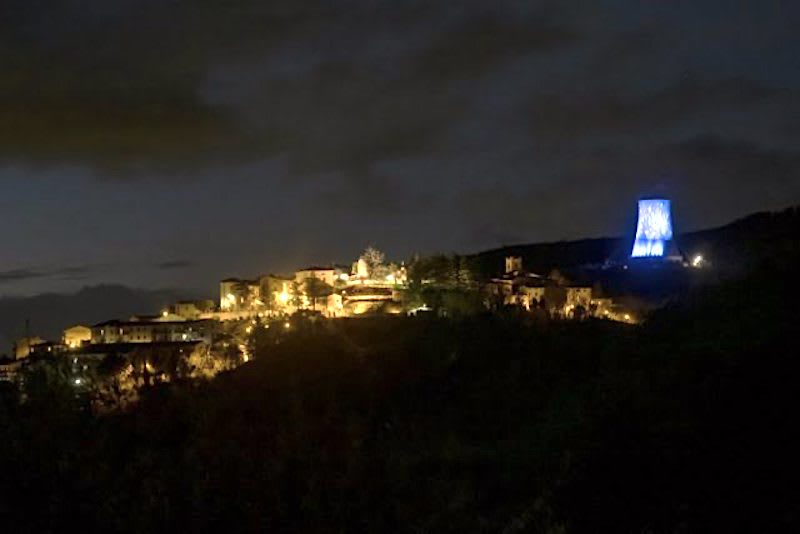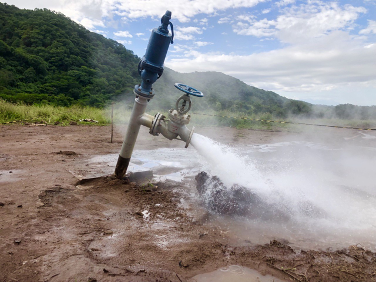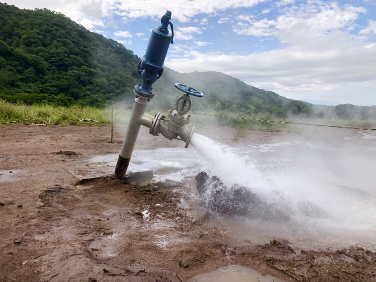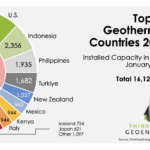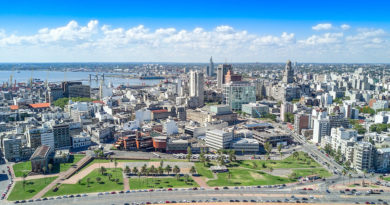Is Tanzania ready to tap geothermal for power generation?
Energy Disrupter
Making a case for a more complete look at energy options and their output, engineer Chagaka Kalimbia points to geothermal energy and its promising role in Tanzania.
In a personal commentary published in The Citizen Newspaper in Tanzania, energy specialist and project management professional Chagaka Kalimbia currently working for Tanzania Geothermal Development Company, makes a passionate case for geothermal for his country and beyond.
Despite originating from the engineering lexicon, Megawatt, an electrical power unit of measurements similar to kilometers in length has enjoyed mainstream recognition. The effortlessly grasping of Megawatts amongst the public is certainly due to the constant reverberations of the unit amongst the parliamentarians and decision-makers who seek to demonstrate strides and gaps in the electricity supply industry. Within the power-hungry nations, Megawatt has remarkably stapled the controversial status on various occasions. Sometimes in 2010, the Zambian Government Official was furiously quoted in favour of Megawatts than lengthy fruitless political promises in the power sector, he asserted- We need Megawatts, not Megawords. Fascinatingly, the kilowatt-hour, a crucial index for the actual electrical energy produced from the installed Megawatts never receives the equivalent attention. The under-appreciation of kilowatt-hours as a pivotal criterion can be detrimental when making sound decisions in the development of the vibrant power sector. From the technical standpoints, different generational sources inherently yield different kilowatt-hours from a Megawatt except when running at full blast. A power plant with enormous nameplate Megawatts while producing fewer kilowatt-hours is costly to run, infeasible, and unsustainable.
According to Tanzania’s Power System Master Plan of 2020, the total grid-installed power capacity stood at 1,565.72 Megawatts with the portfolio heavily skewed to natural gas and hydropower. It can furthermore be deduced from the Plan that more than 60% of grid-based Megawatts are sourced from fossil fuels, let alone the significant contribution of far-flung regions not connected to the grid which banks on the same. The over-reliance on fossil fuel Megawatts not only frustrates the global efforts of attaining universal access to environmentally benign energy services but also equipped with the risk of resource depletion, susceptibility to international price shocks, and environmental pollution, particularly emission of Carbon dioxide. It is also worth mentioning, despite hydropower being a cleaner generation source than fossil fuels, the ongoing threat of global climate change perpetuates the odds of worsening droughts and prolonged dry spells hence posing a stern sustainability question to the country’s most ancient generational source.
The disruptive but yet pragmatic solution to all of the shortcomings hinge on the optimal integration of Megawatts from all the existing sustainable energy generation technologies and, geothermal energy is one of the most imperative. The technology uses heat that originates from the Earth’s core in form of steam to spin the turbine blades to generate electricity. As the heat being continuously generated at the Earth’s core, the technology can effectively supply all of humanity’s energy needs if the technical and commercial barriers particularly those associated with drilling deeper geothermal wells are lessened. The U.S. Department of Energy GeoVision report estimated the total worldwide geothermal thermal Megawatts being more than twice the amount needed to supply total global primary energy consumption in 2015.
The East African Rift that doubly traverses Tanzania, provides unprecedented access to geothermal energy – this is elucidated by the observable alignment of several thermal springs along the rift, some with temperatures up to 80 degree Celsius. Kenya is the only country in the region and the continent with commercial geothermal electric power production with a capacity of more than 800 Megawatts – the first Megawatts installed in the mid-80s. To this day, geothermal is proven to be mature, a low-operating-cost, renewable, reliable, affordable and clean electricity supply. A Megawatt from a geothermal plant does not only ensures tremendous kilowatt-hours but also guarantees uniquely reliable power around the clock-not subjected to oil price shocks and negative impacts of climate changes.
The national geothermal company [of Tanzania] reported completion of geoscientific surveys and siting of best targets for exploratory wells in its flagship prospects of Ngozi, Songwe, and Kiejo-Mbaka. The ongoing drilling project at the latter prospect has revealed, at the very shallow depths, a large geothermal reservoir seated below the prospect. These optimistic findings and indications amongst many others cement the confidence and readiness of the next Megawatts in the national grid injected not from fossil fuels or hydropower but the geothermal steam. The ‘whys’ and ‘hows’ to meet these goals are indisputably established and certainly, the ‘when’ is just around the corner.
Chagaka Kalimbia is an Energy Specialist and Project Management Professional currently working for Tanzania Geothermal Development Company. He is reached through chagaka@hotmail.com.
Disclaimer: The views and opinions expressed in this article are solely the author’s and do not necessarily reflect the official policy or position of the employer or its affiliates.
We thank Chagaka Kalimbia for sharing this article with us.
